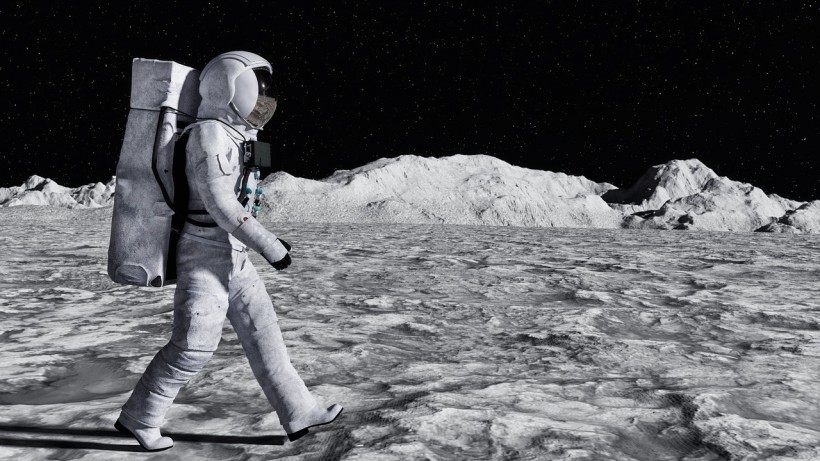Humans seem to be on track to be living and working on the Moon by the end of the decade after the successful launch of NASA's Artemis I mission last week despite the delays.
Howard Hu, who oversees the Orion lunar spacecraft program for NASA, told BBC that the space agency plans to send people down to the lunar surface where they will live and conduct scientific experiments. They are certain that this will happen by 2030 when humans will have habitats and rovers on the ground, which is something that they are currently preparing for at NASA.

Could Humans Live on the Moon? NASA Believes People Would Be Living on the Lunar Surface by 2030
Humans on the Moon
Hu told Sunday with Laura Kuenssberg that the Artemis I launch was "a historic day for human space flight" as it is the first step towards deep space exploration, like setting up habitats on the Moon and beyond. Orion is currently 83,300 miles (134,000km) from the Moon and will return to Earth in December.
NASA successfully launched the new powerful rocket known as the Space Launch System (SLS) last week, sending the uncrewed Orion spacecraft on its way toward the Moon. Inside the Orion capsule are mannequins that will be measuring the impacts of cosmic radiation on the human body.
Before the launch on Wednesday, there were two previous launch attempts in August and September due to technical issues and unsuitable weather conditions. Hu said that Artemis I's success was not just a historic day for NASA but also for all humans who love space flight and deep space exploration.
The Artemis program missions aim to bring back humans to the Moon and the vehicle that sent Artemis I could be the same spacecraft that will bring the first crew to the lunar surface after 50 years after the last Apollo mission in 1972.
According to Science Alert, the current plan is for the astronauts to land near the lunar south pole where they will be spending a week to look for signs of water and asses whether it could help fuel rockets on their way to Mars. If so, it could mean humans could build permanent settlements to support mining and scientific activities.
As Hu said, it would be the first step humans will be taking in their plan for long-term deep space exploration. He admitted watching the Artemis mission and the Orion sending back images gives the feeling of excitement about where humanity is heading with a promise of bringing humans back to the Moon.
How Many People Could Fit Into the Moon?
The surface area of the Moon is about 15% of Earth's total land area, per Live Science. Technically, it could be enough to fit trillions of humans on the lunar surface. But it is quite different as to how many people could the Moon sustainably support given how different it is from Earth.
Planetary Science Institute in Arizona senior scientist Professor Darby Dyar told Live Science that the Moon is a barren place and that it could be a lot difficult for a species that seeks to expand its ecological niche.
For example, water does not rain down on the lunar surface and it lacks an atmosphere for breathable air. It also does not have existing ecosystems that could conveniently support agriculture for humans to grow their food. More so, the Moon is vulnerable to solar storms, and electromagnetic radiation.
All these could make life on the lunar surface may seem impossible. But scientists continue to study how to address these concerns for human existence to become possible not just on the Moon but also on other planets.
RELATED ARTICLE: First Woman on the Moon: NASA Presents List of Female Astronauts for Its Artemis Mission
Check out more news and information on Moon in Science Times.














